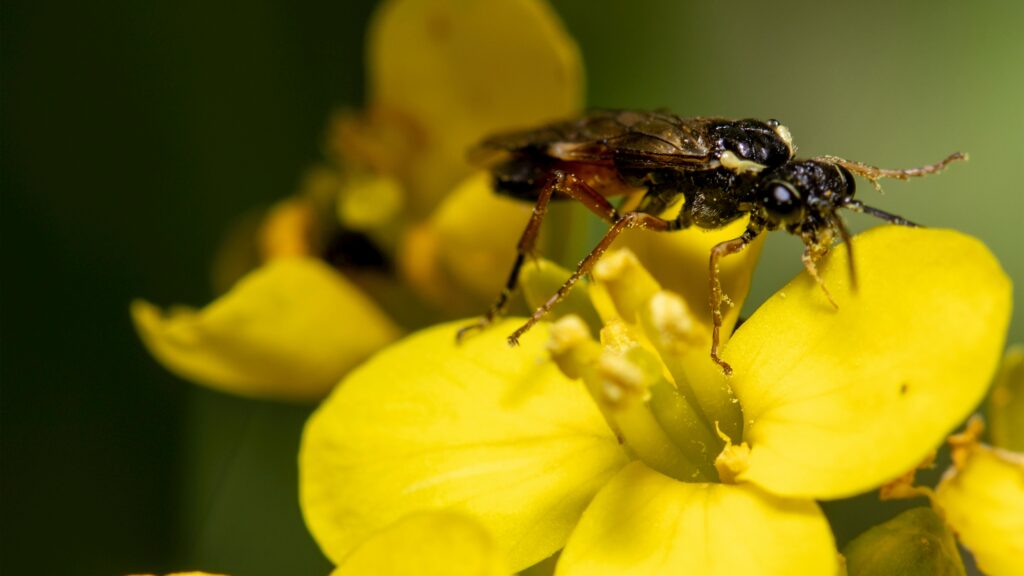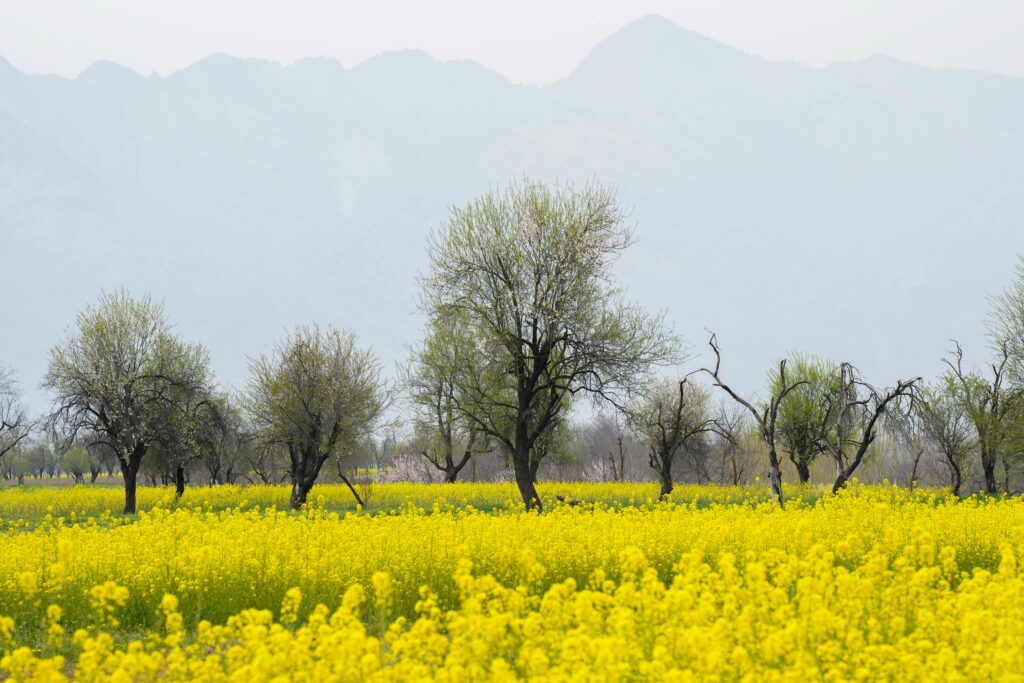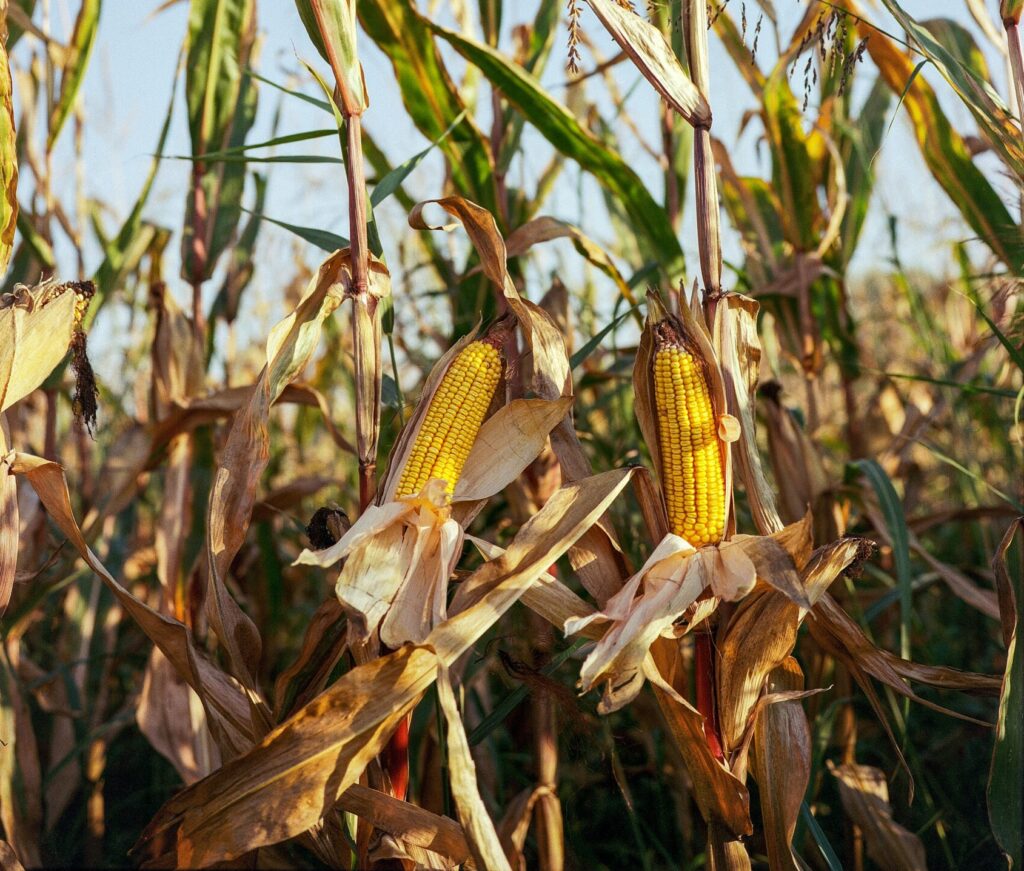Corn, or maize, is a versatile and adaptable crop that grows best in specific climate conditions and environments. While it can be cultivated in a range of climates worldwide, optimal growth requires particular temperature, moisture, sunlight, and soil characteristics.
1. Temperature Requirements
Corn thrives in warm temperatures, ideally between 60°F and 95°F (15°C to 35°C). It germinates best when soil temperatures reach at least 50°F (10°C), and growth accelerates as temperatures rise, with optimal conditions typically found between 70°F and 86°F (20°C to 30°C). Cold conditions, especially frost, can damage or stunt corn plants, so corn is generally grown in regions with warm seasons or during the summer months in cooler climates.
2. Sunlight Needs
Corn is a full-sun crop, meaning it needs ample direct sunlight to maximize photosynthesis and yield. It should ideally receive 6 to 8 hours of sunlight daily. This demand for sunlight makes regions with long summer days and minimal cloud cover ideal for corn cultivation. Sufficient sunlight also influences kernel formation and starch accumulation, which contribute to overall grain quality and yield.
3. Water Requirements
Corn requires consistent moisture throughout its life cycle, especially during critical growth stages like tasseling, silking, and grain filling. Generally, corn needs 20-24 inches (500-600 mm) of water per growing season. Regular rainfall or supplemental irrigation is essential to meet these needs, as insufficient moisture can reduce kernel formation and result in lower yields. Drip or center-pivot irrigation can be effective in drier climates, but it’s important to avoid waterlogging, which can lead to root diseases and other issues.
4. Soil Type and Quality
The ideal soil for corn is loamy soil rich in organic matter and nutrients, with a pH range between 5.8 and 6.8. Loamy soils offer the right balance of drainage and moisture retention, allowing corn roots to access nutrients while avoiding waterlogging. High nitrogen levels are particularly important for corn, as they support rapid growth and high yields. Fertility management, including nitrogen, phosphorus, and potassium applications, is essential, and many farmers utilize crop rotation with legumes like soybeans to naturally replenish soil nitrogen.
5. Growing Season Length
Corn requires a relatively long growing season, typically between 90 to 120 days from planting to harvest, depending on the corn variety. Varieties are available for different growing seasons, with shorter-season types suitable for regions with cooler climates or shorter summers. Warmer climates can support long-season varieties, which tend to yield higher but require more time to mature fully.
6. Wind Protection
While corn plants are relatively tall, they can be vulnerable to damage from strong winds, especially during pollination and grain-filling stages. In regions prone to high winds, shelterbelts or windbreaks can help protect crops. Additionally, avoiding planting on overly exposed hillsides can reduce the risk of wind damage.
Corn grows best in warm, sunny climates with loamy, nutrient-rich soil and moderate water availability. By optimizing these growing conditions—temperature, sunlight, water, soil quality, and protection from wind—farmers can maximize their corn yields and ensure a healthy, productive crop. Successful corn cultivation ultimately depends on aligning with these environmental requirements, whether naturally provided or managed through farming practices such as irrigation and fertilization.
















